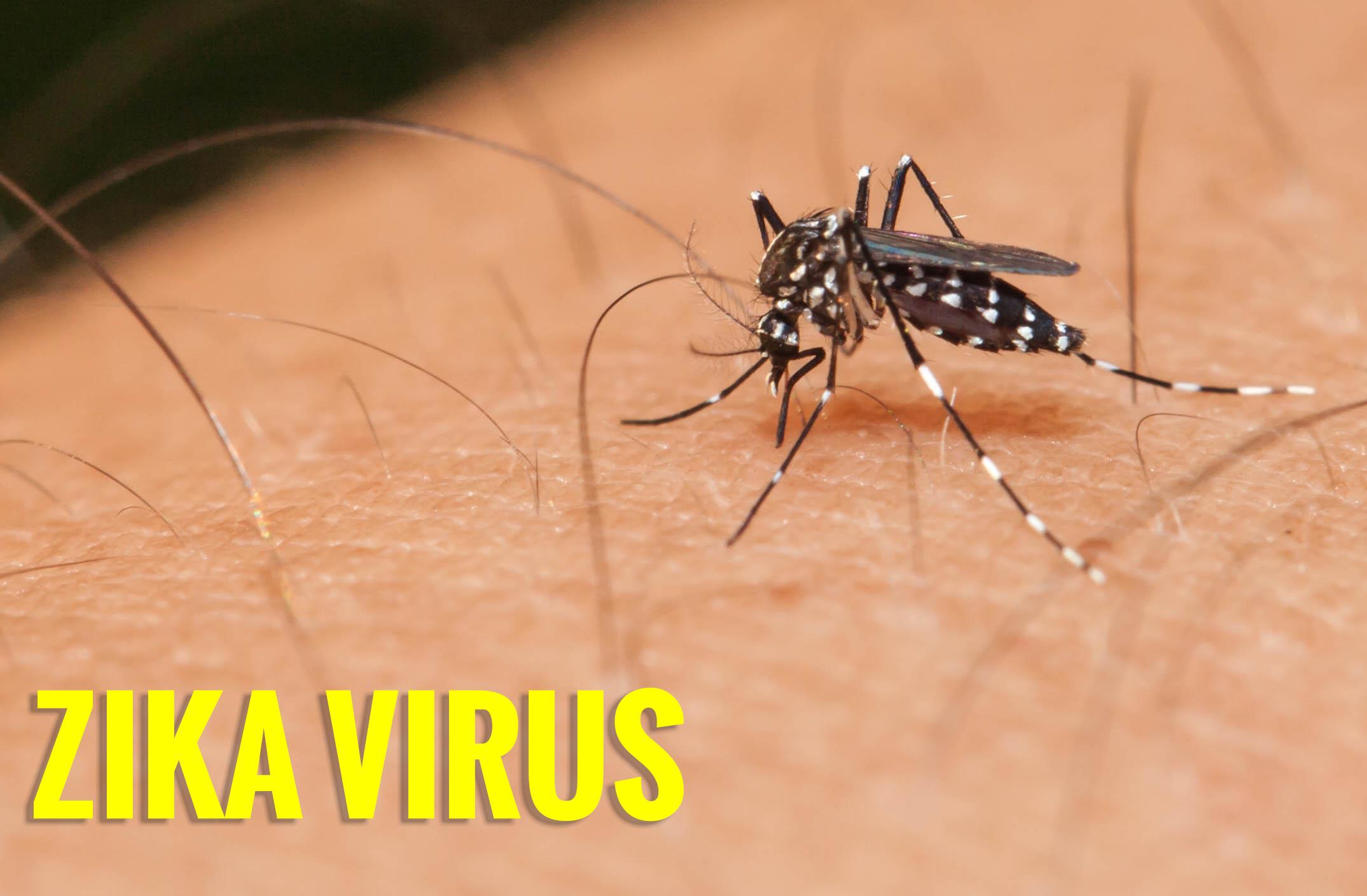
Google has recently announced that it is going to contribute US$1 million to the United Nations Children's Fund in order to strengthen the fight against global health threat Zika virus.
Google engineers and data scientists have recently started volunteering with UNICEF to raise worldwide awareness about the mosquito-borne virus that has been causing several threats all over the world as well as working on finding a quick solution by analyzing all the necessary data that can lead to find the origin of the virus.
“Financial contributions and donations are always beneficial, but it is hard to say whether or not tracking the virus itself will have significant contributions,” according to Sarah Lisovich, content strategist at CIA Medical.
In case the path of the virus is found, Google plans to help UNICEF as well as other NGOs who are working tirelessly to stop the spread of dangerous virus Zika which caused the World Health Organization to declare a public health emergency in February 2016. Moreover the company will push its employees to donate as much as they can to achieve the goal of gathering $500,000 which will be given to UNICEF and the Pan American Health Organization.
According to co-lead of UNICEF's innovation unit Chris Fabian, UNICEF research scientists including Manuel Garcia Herranz and Tanya Bhandari are working with Google’s engineers and data scientists including John Li, Zora Tung, to create an open source information platform that will help UNICEF and all parties involved to give an end to Zika’s transmission.
“This open source platform will be able to process information like mobility patterns and weather data to build risk maps. We plan to prototype this tool in the Zika response but expand it for use globally,” Fabian said for TechNewsWorld.
The open source platform will select and process all the necessary data from various sources and track the virus’ path in a way that can lead to find a quick solution which can be used in the future for other outbreaks that may surface.
According to SAS Institute health industry consultant Jamie Powers, analytics has been used for a long time now in order to track mosquito-borne illnesses such as malaria, dengue fever and West Nile virus. From analyzing data from different sources as well as getting all the information that has proved helpful in the past, can provide analytics with the right knowledge that can be used create new information that can be used not only in this particular case, but also in the future whenever needed.
“Text mining and social media analysis to track specific disease symptoms -- syndromic surveillance -- can also help detect the earliest stages of infectious-disease outbreaks, whether it is measles, H1N1, Ebola ... or Zika,” Powers told TechNewsWorld.
Image Source: techstory.in